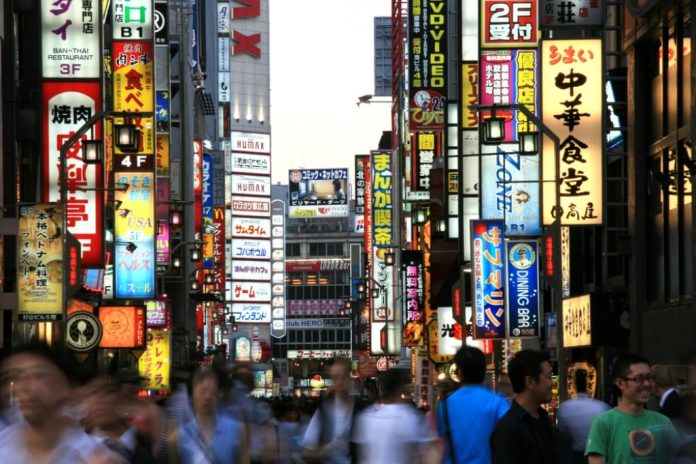
Today, there are 34 megacities around the world, which are home to 7.9% of the global population, according to the just released 11th edition of Demographia World Urban Areas, which ranks the largest cities in the world in 2015. Tokyo-Yokohama is the largest megacity in the world with 37.8 million residents, which sets a record for the biggest city population ever.
The Demographia World Urban Areas report is the only regularly published study of urban population, land area and data about the population density in cities with at least 500, 000 residents. Currently, researchers say, these urban areas account for approximately 52 percent of the world urban population. The Tokyo-Yokohama area continues to be the largest of them, as well as the biggest megacity on earth – these are areas with more than 10 million residents. There are 37,8 million people living in Tokyo, but the second-ranking city Jakarta moves up quickly with its 30,5 million residents. These are the only two cities in history that have recorded a population of over 30 million people or even 25 million, to be exact.
World’s 10 Largest Megacities:
- Tokyo – Yokohama, Japan – 37,8 million
- Jakarta, Indonesia – 30,5 million
- Delhi, India – 24,99 million
- Manila, Philippines – 24 million
- Seoul – Incheon, South Korea – 23,5 million
- Shanghai, China – 23,4 million
- Karachi, Pakistan – 22 million
- Beijing, China – 21 million
- New York, US – 20,6 million
- Guaggzou – Foshan, China – 20,6 million
Sao Paulo and Mexico City, landing in 11th and 12th place, also have a population of little over 20 million people. The largest European cities are Moscow (No.15) with 16,2 million, Istanbul (No.23) with 13,3 million, and Paris (No.29) with 10,9 million. Cairo in Egypt is the largest city in the Middle East and North Africa region, followed by Iran’s Tehran – these are the only two megacities in MENA. Dhaka in Bangladesh is the most densely populated city with 4,500 people per square kilometer, while the New York Urban area is surprisingly the least dense megacity in the world. Asia dominates the list with the biggest cities and urbanization there is expected to continue, while in Europe, it will probably decline, with people moving to other countries and rural areas due to the stagnant economic conditions.




































